0 Comments
 Chief, an aged quarter horse who needed a job, cools off on the hot walker at Roger Daly Horses in Aubrey, Texas. Photo courtesy of Amy Morgan. Chief, an aged quarter horse who needed a job, cools off on the hot walker at Roger Daly Horses in Aubrey, Texas. Photo courtesy of Amy Morgan.
While many students headed for home after fall final exams, Amy Morgan headed for an internship in Aubrey, Texas with Roger Daly Horses.
She broadened her experiences in sale preparation and horse training, which culminated in an auction at Heritage Place Equine Auctions in Oklahoma. “We prepare horses specifically for Bobby Cox or Cox Ranch and they do a lot of quarter racing horses, and other clients,” Morgan said. “We prepare them for sale, and then we start a lot of horses under saddle for other clients. People bring their horses that have poor behaviors and we try and repair those behaviors and send them home.” While many internships in the equine program already have relationships with industry partners, Morgan was inspired to create her own internship after a visit to Roger Daly’s ranch during the spring ranches trip with the colt training instructor, John Snyder. “Just having completed the colt training class, I said ‘oh this is where I want to be, this sounds great,’” Morgan said. “So I introduced myself to him and said ‘are you interested in having an intern? Because if you are, I want to be that intern.’” In August she sent him her resume and schedule and she said she’d like to come down over the four to five weeks of winter break. A typical day on her internship started at 7:30 a.m. She trained four 2-year-old horses, two cutters and two reiners. She lunged them in a round pen until they were tired. Then she put them on a walker. “They learned a lot from the walker,” Morgan said. “They learn to respond to pressure from their halter, learn patience, to be polite around other horses, and they also cool down.” Next they returned to their stall where they stood tied for about an hour while she groomed them and made sure they were show sheened slicking out for the sale. After that, she worked with her four riding horses. These included an eight-year-old Warmblood eventer with a fear of water and things on the ground, and a four-year-old Warmblood just started under the saddle and who will go on to be a jumper in the next phase of training. Then she had and hour-long lunch break before resuming with a yearling Thoroughbred who had just been started under saddle and getting him prepared for the track. Finally, she worked with an aged quarter horse that came in with bucking issues. “He got to the point where we were working on some basic reining moves, good stops and good turn-arounds,” Morgan said. “So that was a lot of fun for me, because it was just a new project.” She also helped out wherever Mr. Daly needed her. The last week of her internship, she went to the sale in Oklahoma and helped prepare the horses with final clippings and making sure they were groomed right for the sale ring. “When I talked to him about doing the internship, he said ‘well, what would you like to do?’” Morgan said. “I want to see everything you do, I want to know all about it. So, he did his best to put me everywhere.” Before coming into the equine sciences program, Morgan came from a strong jumping background and had been riding English since she was four, but said that western riding was newer to her as well as the colt starting. However, she had worked with green horses that had been started before. The internship was a trial run for Morgan to see if training was what she wanted to do day-in and day-out. “My plan is to do as many internships and as many work-studies or volunteer work as I possibly can in as many places as I can possibly get to,” Morgan said. “Just because I really have no idea what I want to do, yet.” In terms of other areas in equine science she’d like to try, she said was interested in pedigree histories like Robin Glenn puts together for sale catalogs as well as teaching. For other students thinking about their internship requirement she has this advice: “The first place to go is look and see if there’s an internship in place that does what you want to do,” Morgan said. “And if there’s not, or if it’s just not going to work for you, go and find the person you want to work for. If there’s a person you want to work for and if there’s a thing you want to be good at, go and find it because it’s not coming to you. You have to go to it.” In terms of networking with the faculty in the equine program, Morgan said it’s been incredible experience. “They’re our connection to the world,” Morgan said. “I’ve done a lot on my own at this point, but my networking really started with the faculty here. If you kind of want to know about somebody or you hear about them and you want to find a way to talk to them but you don’t know them, the faculty is there for you, and they’re invaluable.” |
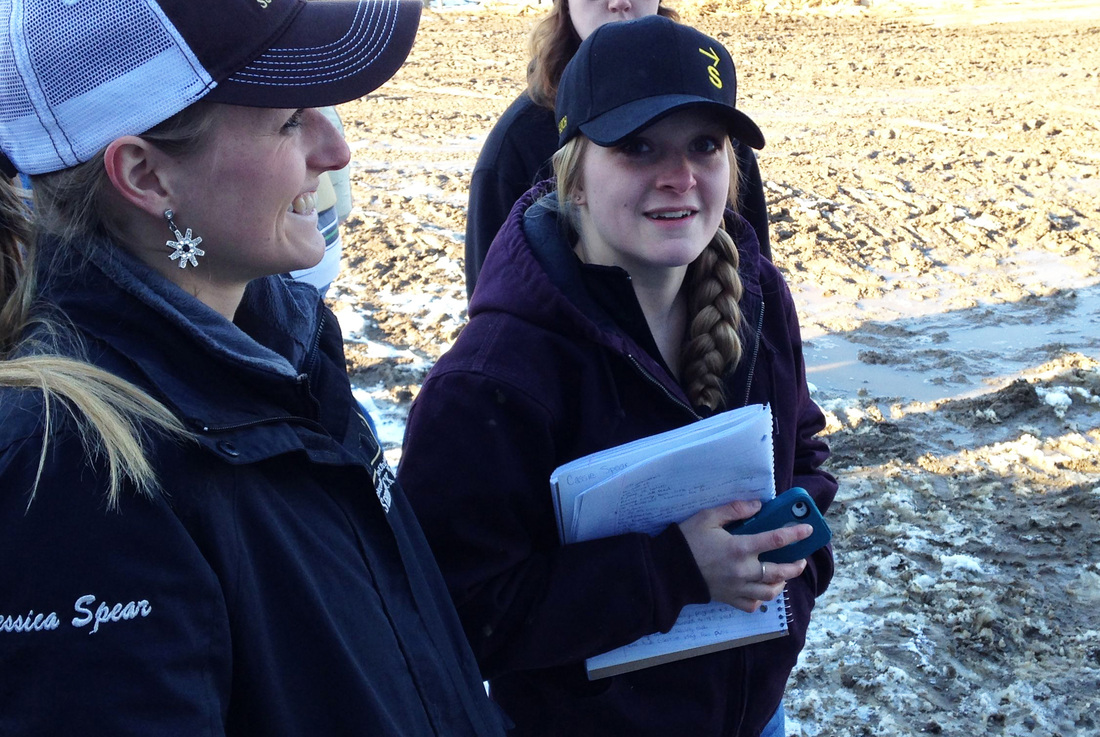
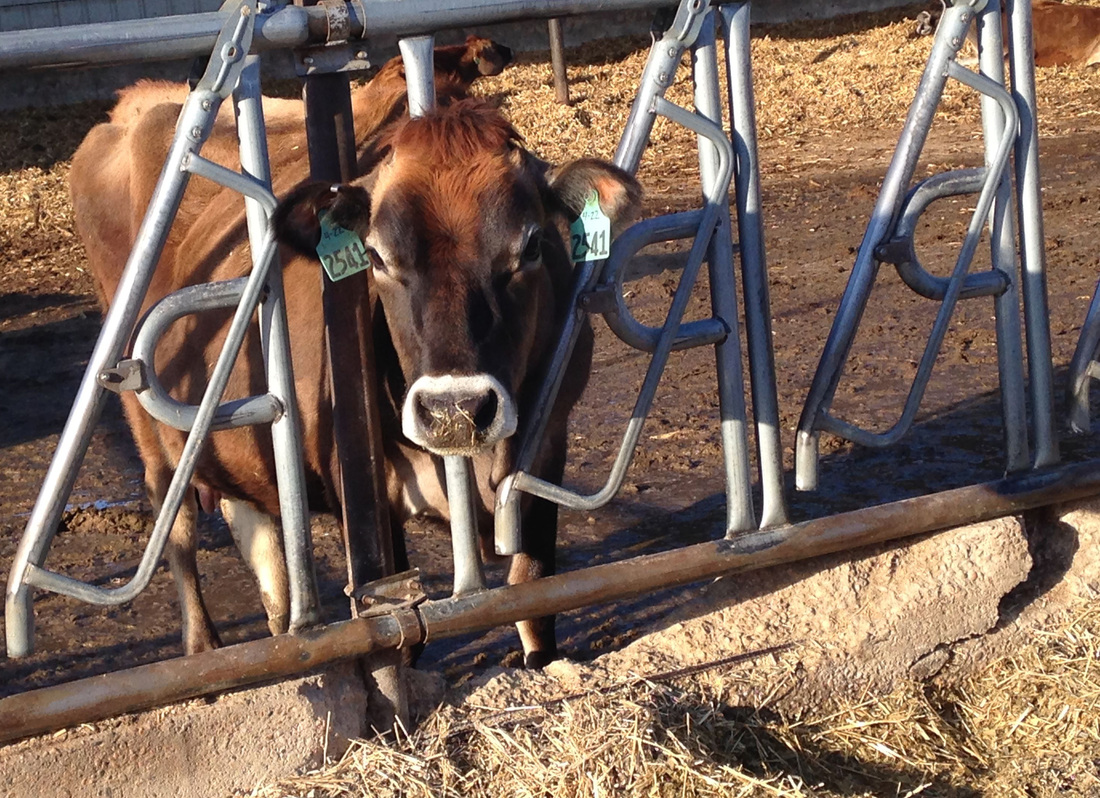
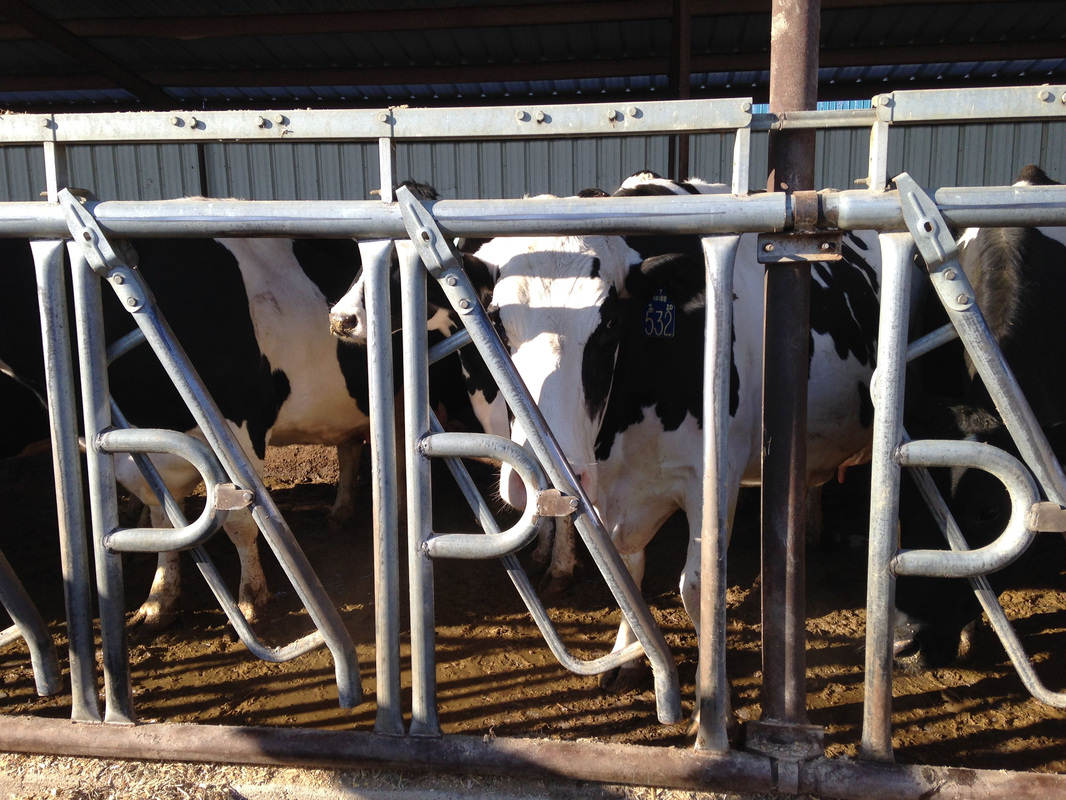
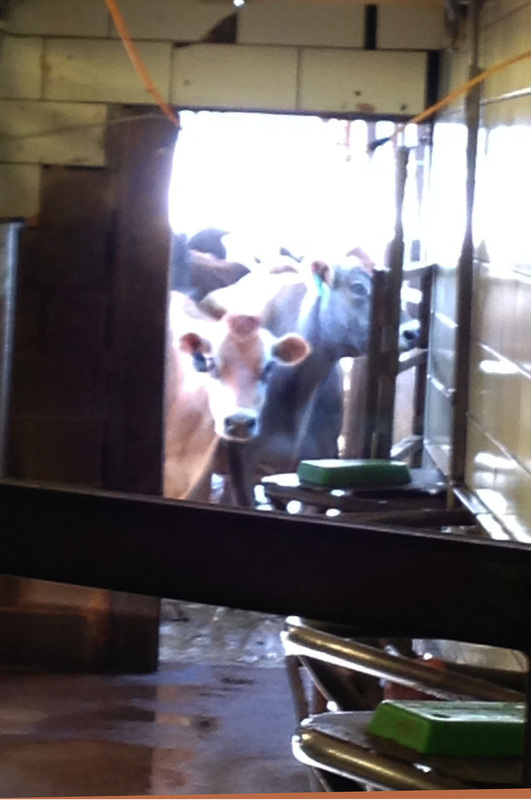
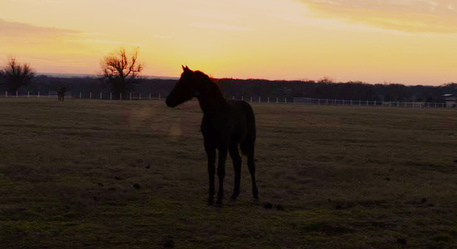
 RSS Feed
RSS Feed